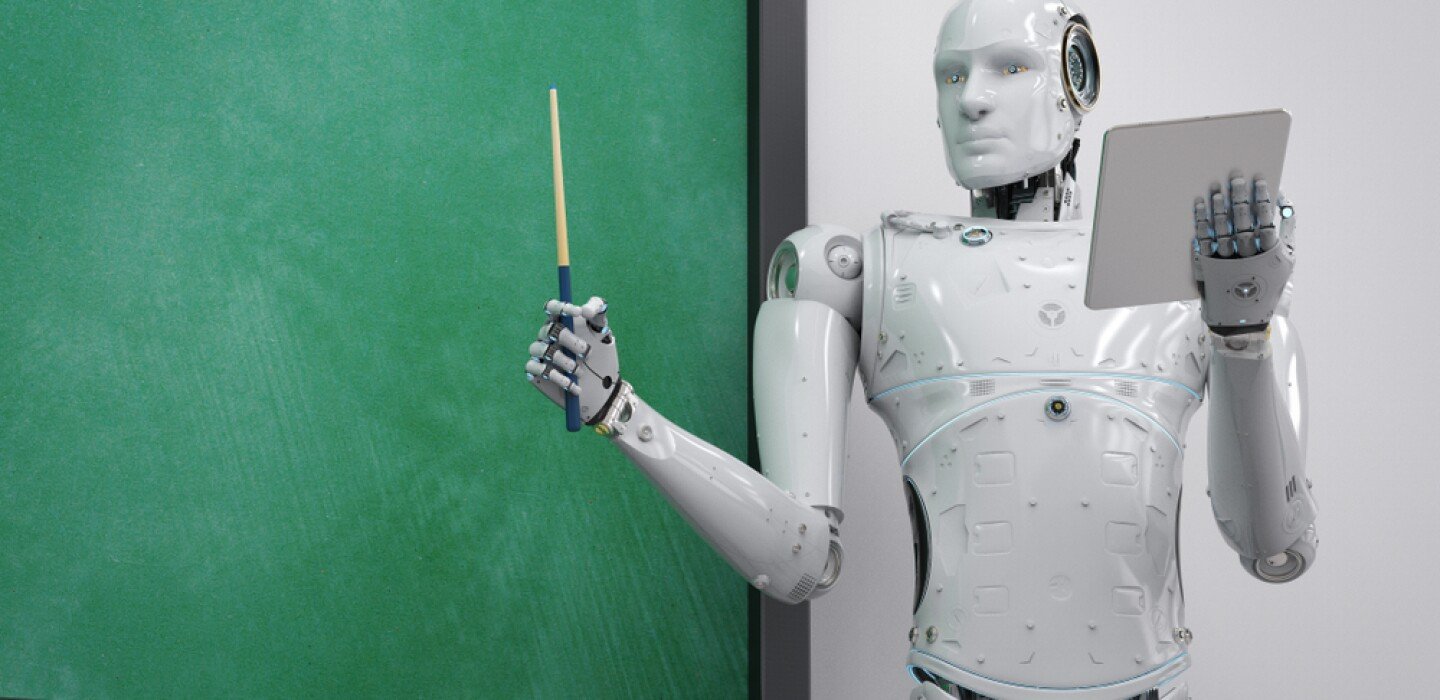Seeking a Breakthrough in AI Infrastructure Market such as Heywell and Genrack “Over 400 Billion KRW in Data Center Infrastructure Investment This Year”
As the artificial intelligence (AI) craze drives the expansion of data center investment, leading U.S. manufacturing companies are entering this market as new growth breakthroughs.
The Financial Times reported on the 6th (local time) that companies such as Generac, Gates Industrial, and Honeywell are targeting the demand for hyperscalers with special facilities such as generators and cooling equipment.
Hyperscaler is a term mainly used in the data center and cloud industry, and refers to a company that operates a large computing infrastructure designed to quickly and efficiently handle large amounts of data. Representatively, big tech companies such as Amazon, Microsoft (MS), Google, and Meta can be cited.
Generac is reportedly the largest producer of residential generators, but it has jumped into the generator market for large data centers to recover its stock price, which is down 75% from its 2021 high. It recently invested $130 million in large generator production facilities and is expanding its business into the electric vehicle charger and home battery market.
Gates, who was manufacturing parts for heavy equipment trucks, has also developed new cooling pumps and pipes for data centers over the past year. This is because Nvidia’s latest AI chip ‘Blackwell’ makes liquid cooling a prerequisite. Gates explained, “Most equipment can be relocated for data centers with a little customization.”
Honeywell, an industrial equipment giant, started to target the market with its cooling system control solution. Based on this, sales of hybrid cooling controllers have recorded double-digit growth over the past 18 months.
According to market research firm Gartner, more than $400 billion is expected to be invested in building data center infrastructure around the world this year. More than 75% of them are expected to be concentrated on hyperscalers such as Amazon, Microsoft, Meta, and Google.























